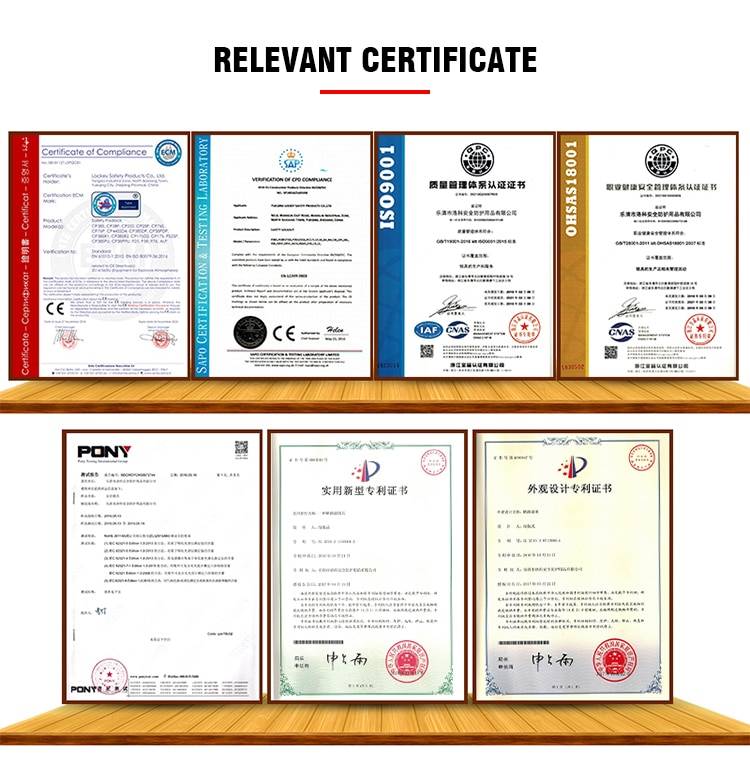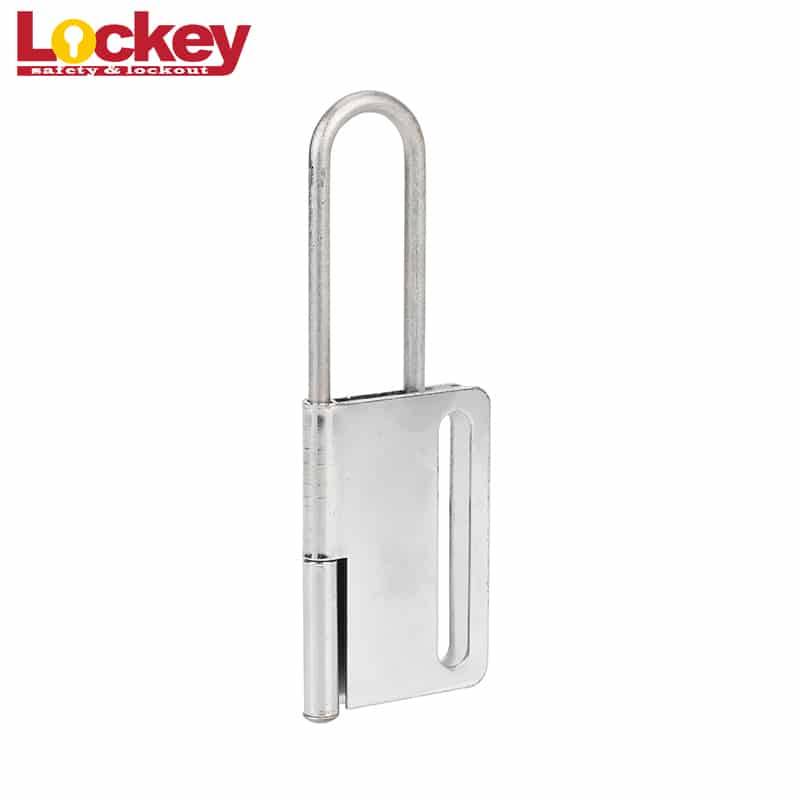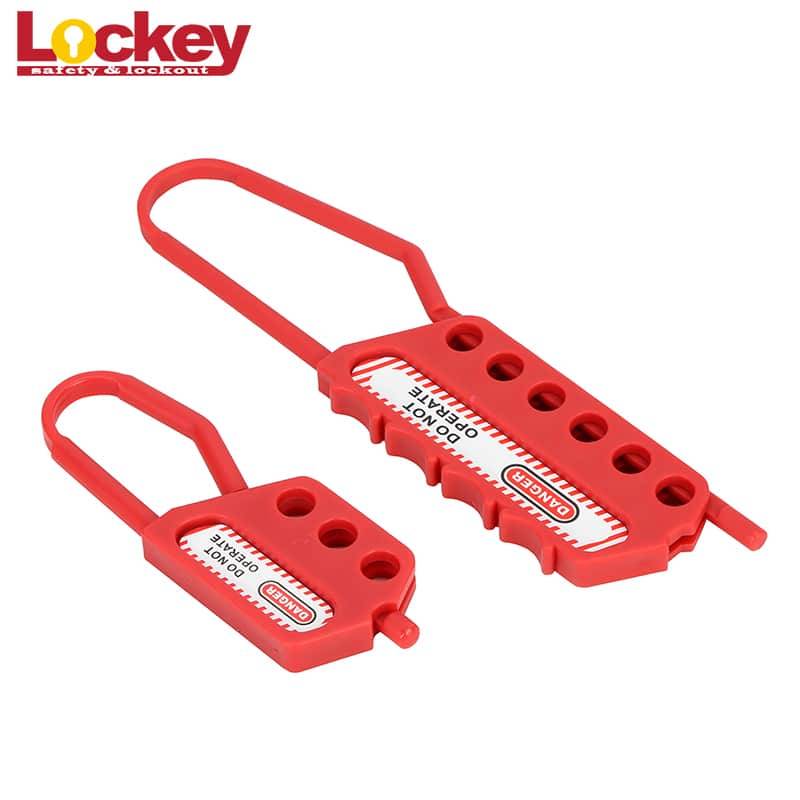Steel Safety Lockout Hasp Lock SH01-H SH02-H
Steel Lockout Hasp with Hook SH01-H&SH02-H
a) Handle is made from PA, and lock shackle is made from nickel plated steel with red plastic or vinyl coated body, rust proof.
b) Steel lockout hasp includes tamper-proof interlocking tabs to prevent unauthorized opening.
c) Lock holes:10.5mm diameter.
d) Jaw size:1’’(25mm) & 1.5″ (38mm)
e) Colors of handle can be customized.
f) Allow multiple padlocks to be used when isolating one energy source.
| Part NO. | Description |
| SH01-H | Jaw Size 1’’(25mm),accept up to 6 padlocks. |
| SH02-H | Jaw Size 1.5’’(38mm),accept up to 6 padlocks. |




Lockout Hasps are integral to a successful safety lockout program or procedure as they can provide effective multi-person lockout. Multiple padlocks can be applied to Lockout Hasps, this allows an energy source to be isolated by more than one worker. This means that the energy source is completely locked out and can’t be operated until each worker unlocks their padlock from the hasp.
Lockout Hasps clip on to several different areas of a hazardous energy source, ensuring that it can’t be switched on (LOCKED OUT) and tagging it visually (TAGOUT). By clearly marking the lockout hasp with a date and name and attaching a padlock to the hasp, the hasp is efficiently used in a successful safety lockout program.
Our hasps are available in several different sizes which means that workers can effectively isolate any energy source required. Padlocks applied to the hasp can be colour-coded depending on which engineer has the key, this will mean added safety.
Lock and unlock workflow
1. Identify energy sources
Lockers obtain the locks required for Lockout Tagout by reading the signs attached to the equipment to understand the power source of the equipment.
2. Inform affected persons
Lock personnel verbally notify affected employees and other personnel, such as operators, cleaning personnel, contractors, etc. working in the area of the equipment.
3. Shut down the device
The locker takes safe and effective steps to shut down the device, usually from the console.
4. Disconnect/isolate equipment
After the lockdown person shuts down the device, operate the power cut-off device to shut off or cut off all power sources.
Staff shall lock and tag at each lock point specified on the sign and complete the Lockout Tagout Energy Isolation Point List.
5. Release/control residual energy
Lock personnel ensure that all potential or residual energy is controlled, such as discharge of liquids, discharge of gases, etc.
6. Confirm
The locker checks to see if the device has actually been turned off and is safe.
7. Remove the lock tag
Lock personnel shall first clean all (maintenance) tools out of the equipment working area, restore all safety protection devices of the equipment to their original position, and then remove their own cards, locks and fill in the Unlocking Record Form;
The locking person orally notifies all affected employees and other employees that the isolation locking procedure is over;
Lockers must check carefully before activating the equipment to ensure that no one is in the danger area.
Products categories
-

E-mail
-

Whatsapp
-

WeChat
Judy

-

Top












